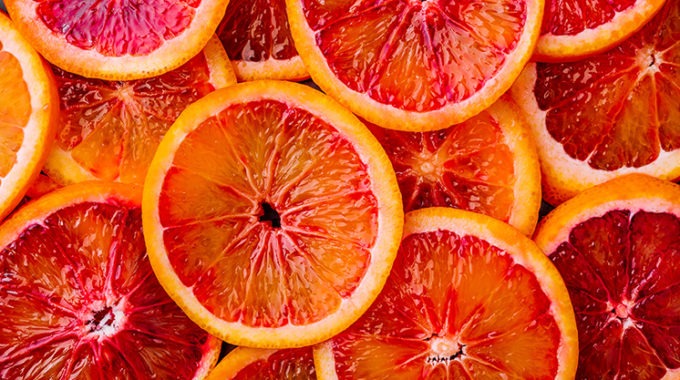Redbelly Citrus: blood oranges to die for
When you think of citrus, the first thing that probably springs to mind is oranges, followed by lemons, and of course, limes. But there’s another type of citrus that’s in peak season right now. They’re just as sweet as an orange, and even better for you. Blood oranges.
Third-generation blood orange growers Redbelly Citrus want more Australians to start getting a dose of “vitamin red” into their day, and for good reason. Blood oranges contain all the goodness of citrus fruit as well as the nutrient power of berries. In fact, they have 10 times the antioxidant capacity of navel oranges.
Redbelly Citrus has its roots in Southern Italy. Vito Leonardo and Domenica Mancini, along with Giuseppe and Lucia Barbagallo, emigrated from Italy to Griffith in NSW. Here, they established citrus farms. Their skills were handed down to cousins and brothers Vito, Anthony and Leonard Mancini, who established Redbelly Citrus in 2006.
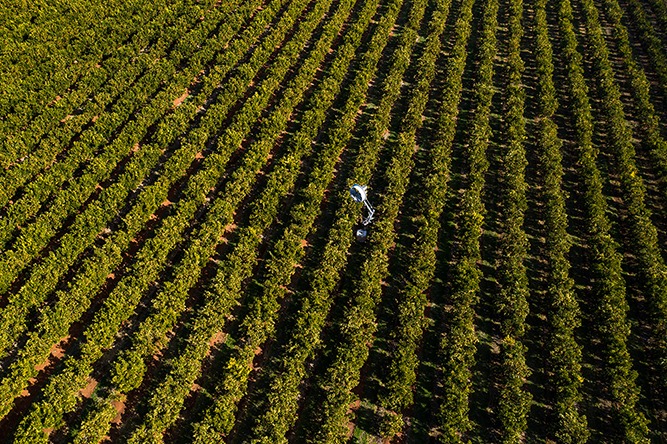
Just like home
With the use of a map made by the NSW Department of Primary Industries, Anthony, Vito and Leonard established Redbelly Citrus’ orchards in a microclimate surrounding Lake Wyangan, north-west of Griffith. It almost perfectly matches the climatic conditions of Catania, Sicily. This is where some of the world’s best blood oranges are grown.
Redbelly Citrus now has the largest blood orange plantation in the Southern Hemisphere. The orchards and packing house use the latest technologies, including orchard temperature regulation and the most up-to-date grading and packing machinery.
The results are the bloodiest blood oranges you’ll see. This is something that Leonard Mancini recalls scared him as a child. “I will never forget my Nonno cutting a blood orange in front of me for the first time,” he says. “I was a horrified little kid. He thought it was hilarious. Years later, and I am still hooked.”

Bloody good for you
One average-sized blood orange provides you with a hefty dose of anthocyanins – a compound with antioxidant effects. They’re the only commercially-available citrus fruit to contain anthocyanins, which are more commonly found in blueberries, cherries and red wine. Blood oranges also contain hydroxycinnamic acids. These offer antioxidant, anti-inflammatory and antimicrobial benefits. Blood oranges are also high in polyphenols – compounds that may help to lower blood sugar levels and reduce the risk of type 2 diabetes and cardiovascular disease. Plus there’s vitamins C and A.
The antioxidants and other components in blood oranges have also been shown to help prevent skin damage from UV exposure, reduce the impact of airborne pollution and enhance the immune system. They’ve even been shown to help reduce belly fat.
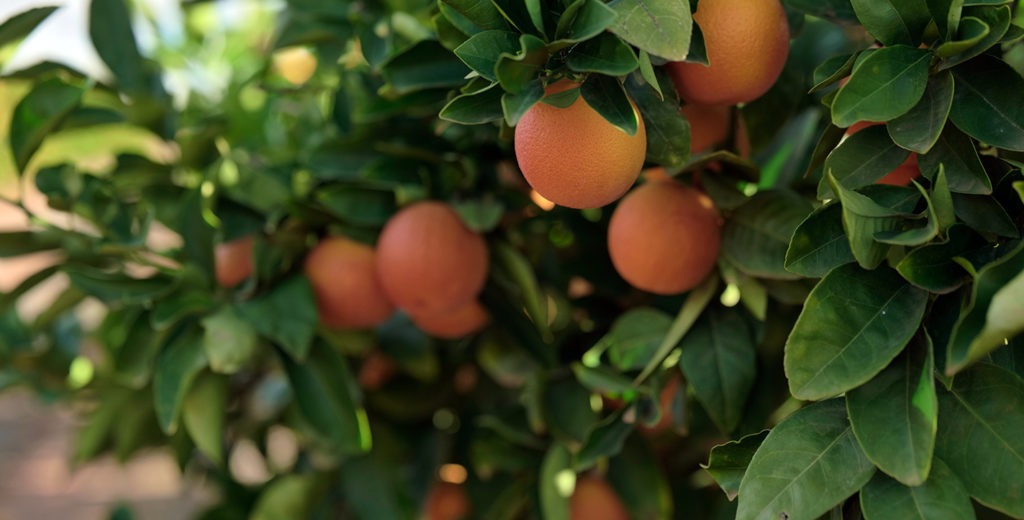
Where do blood oranges come from?
The origins of blood orange varieties are generally attributed to random mutations that occurred in common orange varieties in Italy and China centuries ago. The Moro variety that’s most commonly available to consumers in Australia today arose by way of a natural random mutation on the slopes of Mount Etna, Sicily, in the late 1800s and has been carefully cultivated by the Sicilians ever since. This means that they’re entirely natural and not genetically modified.
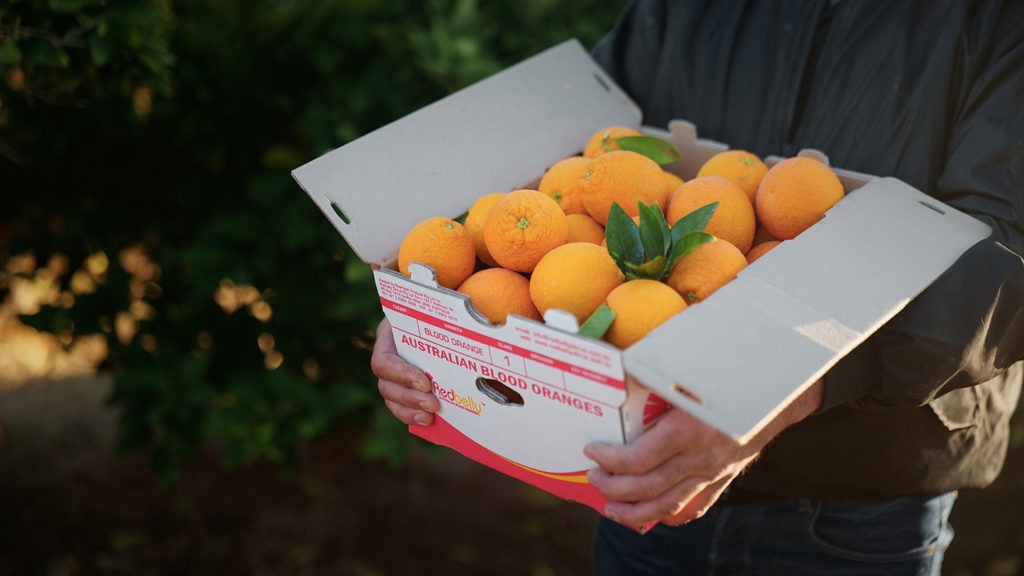
The best way to enjoy blood orange
Like most fruits, fresh is always best. The best way to consume blood oranges is by eating the fresh flesh of the fruit. This will give you the most nutrients out of the fruit, including all of the fibre, which keeps the digestive tract healthy. The nutrients in blood oranges decrease once the juice is reconstituted from concentrate or treated thermally.
Freshly squeezed blood orange juice can last up to 12 months in the freezer. This will allow you to enjoy the health benefits all year round. Blood oranges are also incredibly versatile when it comes to cooking. You can enjoy them in a variety of sweet and savoury dishes.
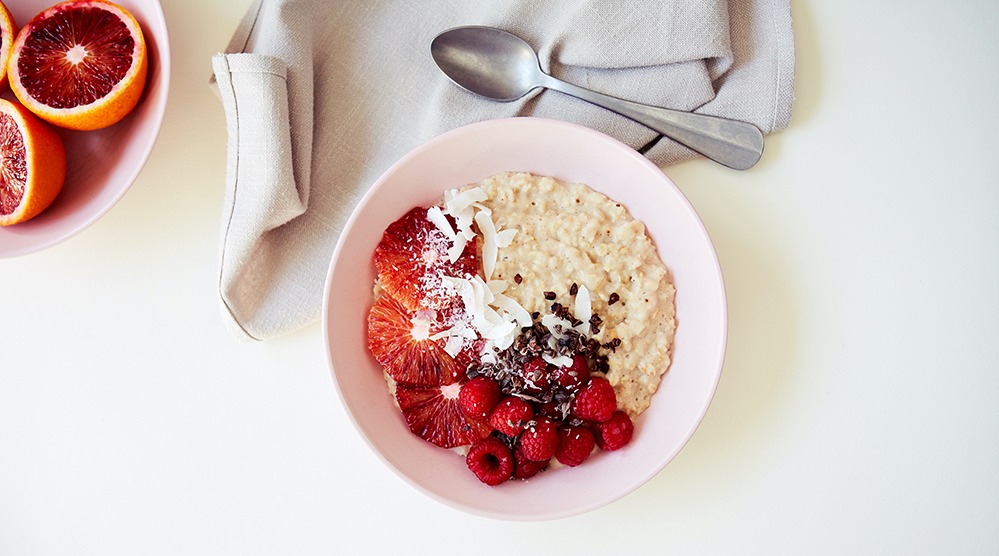
Selecting blood oranges
The best blood oranges are the ones with the darkest, reddest interiors. But it’s not always easy to tell what the inside will be like. It is possible sometimes to use the external blush (the reddish colour on the skin) as a general guide, but not always. NIR spectroscopy is still a developing technology for grading blood oranges based on their internal colour. Until then, your best bet lies in picking blood oranges grown in the Riverina, Riverland or Sunraysia regions of Australia. The climatic conditions in those regions are close to that of the home of the Australian blood orange variety, Sicily.
If you’ve bought some blood oranges and they’re not as “bloody” as you’d have liked them, put them in the fridge for at least a week, preferably two to four. The internal colour will develop as a result of the cold temperature.
During winter, storing blood oranges in a bowl at room temperature is fine, provided you don’t have the heat up too high inside. Alternatively, if you need to store a box over a period of weeks, keep it outside in a shady area, such as the garage.
Once spring brings a little warmth to the air, store your blood oranges in the fridge to prevent them going soft quickly in response to the heat.
For more usage tips and recipe ideas, check out redbellycitrus.com.au


